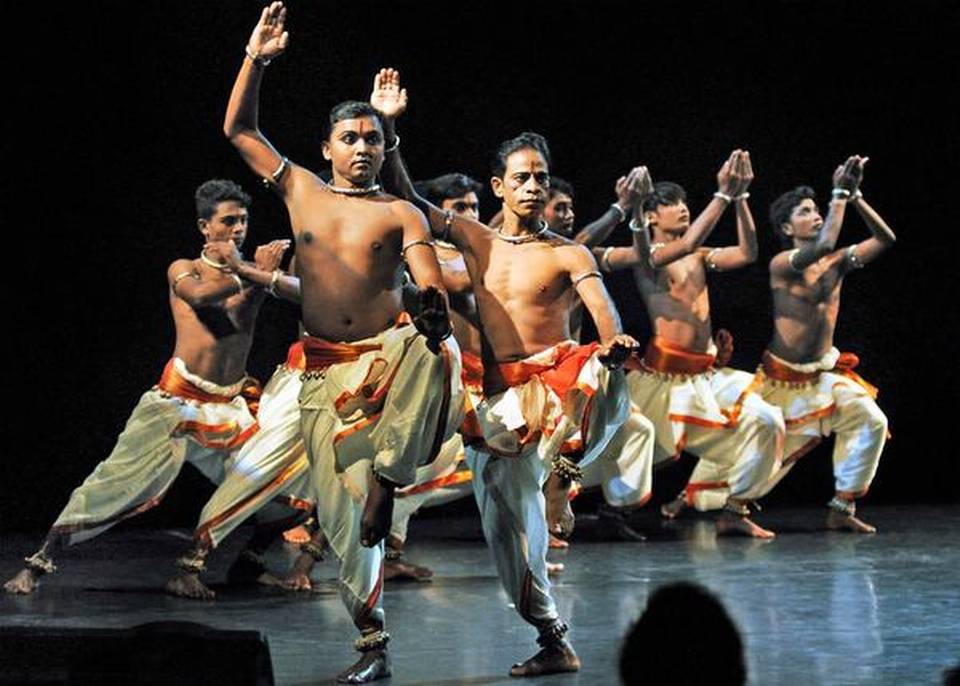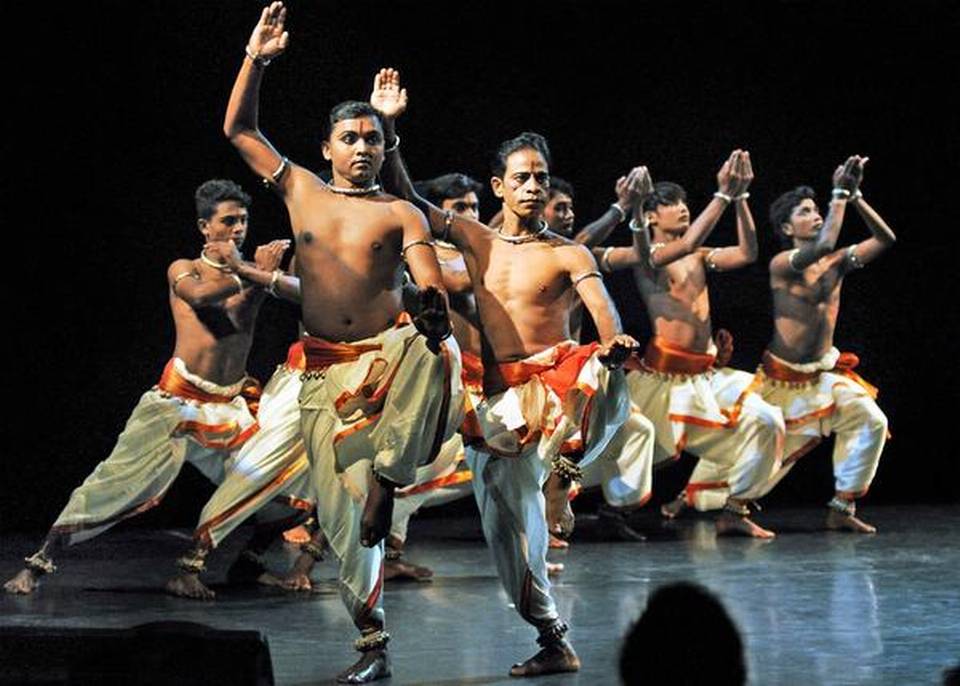Revolving around religious themes like Shaivism, Shaktism and Vaishnavism, Chaau Dance ranges from commemorating martial arts, athletics and acrobatics in convivial themes of folklore to an assembled dance form. As the roots of Chaau Dance are deeply embedded in religious festivals, notably they are performed during the spring festival Chaitra Parva.
Chaau Dance also spelled as chau or chaauu, is a tribal dance form which is a mixture of dance with martial arts. It is performed in three styles, named after the place where it originated. The Chhau dance of Odisha is known as the Mayurbhanj Chhau. In Jharkhand and West Bengal, they are known as Seraikella chhau and Purulia chhau respectively. Even though the costumes wore in the Chaau Dance differ in their forms the story depicted is almost the same. The stories depicted in the dance forms take their inspiration from Hindu epics, notably the Ramayana and the Mahabharata.
Mayurbhanj Chhau
Odisha has its special type of chhau dance called the Mayurbhanj chhau, named after the Mayurbhanj district of Odisha from where it evolved. The costumes wore are very colourful. The costumes vary for different roles played in the Mayurbhanj Chaau Dance . While the artists playing the role of Gods and Kings generally wear pajamas in deep green, red or yellow shade, the artists playing the role of demons and monsters wears trousers of black colour.
History
Mayurbhanj chhau has a long history. It originated in the dense forests of Mayurbhanj in the 18th century. With the passage of time, it later evolved with the martial arts in the 19th century as at that period of time it grew under the royal patronage. Mayurbhanj Chhau dance was systematically organized and flourished into a better form and was performed by the artists in a disciplined manner under the patronage of Bhanja rulers, who were great patrons of art and culture.

With time, the dance lost its overtly martial appearance and turned into dance form, though the roots can still be seen today in the weapon props and dance poses. It is however, still a very male dominated field, though there are many female dancers of renown who practice this elegant dance form.
You can read our another post on Progress of Bee Keeping in Odisha
Backdrop of the Performance
Chhau dance is exclusively based on the stories of Hindu epics like the Mahabharata, the Ramayana and other mythological stories. Stories of the Vedas and the Puranas are also depicted by chhau dance. Mostly the Chhau dance is performed in groups, however at times solo and duet chhau dances are also performed. In the end, the evil powers depicted in the dance are punished and the righteous triumphs. The Vira Rasa and the Raudra rasa are the two most dominant rasa in the chhau dance.
FREE FROM THE CONFLICT OF THE SENSES, THE BODY PLIABLE AND ROUNDED, ENGAGED IN THE SLOW MAJESTIC CADENCE OF THE COSMIC DANCE
Swami Prajnyananda
Music
Music forms an integral part of the Chhau dance performance. Music performed in the chhau dance is either traditional or folk music and is generally played on traditional instruments like Mahuri. Drums and dhamsa are also an important part of chhau dance as they are played prior to the dance to invite Lord Ganesha. Songs from the epics like Ramayana and the Mahabharata are also played in the background.
Performance Rituals
Chhau dance is mostly performed in spring seasons in open spaces between 5 mashals (which are there for providing light) during the night. As a part of the ritual, the dancers take a bath before the dance as it is believed that they must have to be sacred and clean before performing as a god. The chhau dance is performed on the stages in many events. . Jumping mid-air is an important movement while performing the dance.
However, Mayurbhanj chhau, unlike Purulia chhau or Sarikela chhau does not use masks during the performance.
Conclusion
Chhau dance which originated as a tribal dance has gained popularity throughout the nation as a distinct dance form. The dance form is very close to religious dimensions as the backdrop of the dance is based on Hindu epics – the Mahabharata and the Ramayana.
This dance is enjoyed by people belonging to every socio-economic group no matter to which religion or caste they belong to. Thus, chaau dance also acts as a social bond among people of the society. To sum up, chhau dance is not only a dance form but now have become an integral part of the rich culture of India.
In recognition, in 2010 the Chhau dance was inscribed in the UNESCO’s Representative List of the Intangible Cultural Heritage of Humanity.
More: Wanted to download Odishashop.com visit here

